Question:
Would you believe me if I told you there’s ONE training method that can improve you Karate like crazy?
A training method that even masters and champions don’t figure out until late in life.
Answer?
Slow down.
That’s it.
Move much slower.
To be precise; much, much, much slower.
“But Jesse-san, how can slow movement improve for my Karate? I want to be fast, hard and powerful!”
Bro…
I used to be *exactly* like you.
Until I realized slow training is essential for Karate mastery.
Why?
Because of an obscure principle called the “Weber Fechner rule”.
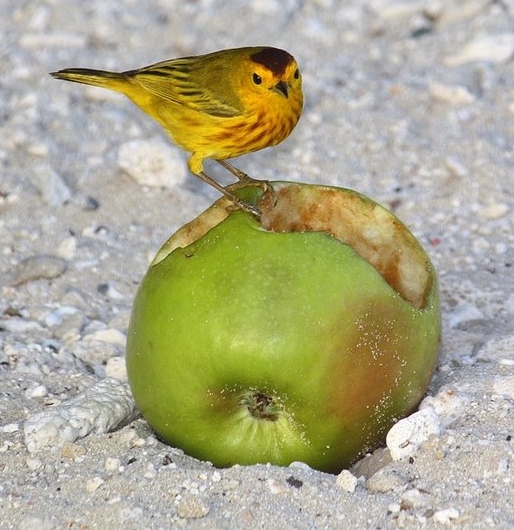
Let me explain:
Imagine you’re holding a one pound apple in your hand.
If a fly landed on the apple you wouldn’t feel a difference in weight. But if a small bird landed on the apple, you would sense it.
Now, imagine holding a sixty pound apple instead.
You wouldn’t be able to feel the small bird landing either. It would have to be a big ass eagle instead!
So, what’s the point?
Well, the point is that when you increase the apple’s weight from one pound to sixty pounds, you become about sixty times less sensitive to changes in the amount of muscular effort used to lift the apple.
As you increase a stimulus, the ability to tell a difference in the amount of the stimulus decreases.
That’s the Weber Fechner rule.
You need to know this because…
YOU ARE A CHEATER.
(Yeah, I said it.)
Ever since you learned your first Karate punch, you’ve been cheating.
Me too.
Everybody cheats. Even your sensei.
Cheating is natural.
See, due to the nature of the human organism, when you’ve been doing a Karate technique for many years, your body adapts to the movement and tries to find the optimal pattern that requires the least effort.
This means you will automatically create tiny shortcuts in your movement.
When you perform techniques at full speed, it’s impossible to notice this.
It’s like the fly on your apple.
So, try this:
- Stand and perform a slow front kick.
- Don’t worry, I’ll wait.
- …
- Done?
- That went WAY too fast.
- When I said slow, I mean slooooow.
- Here’s a timer. Let it run for 2 minutes. You cannot stop before that.
- Done?
- Awesome!
If you manage 3-5 minutes, and you have a super strong mind.
(5 minutes or more? You’re freakin’ Gandhi!)
In my experience, most people have huge difficulties moving slowly.
When I tell my students to perform a kata or kumite at 50% speed, they can only do it for a few minutes before losing control. Their mind panics and their whole body starts screaming to go faster!
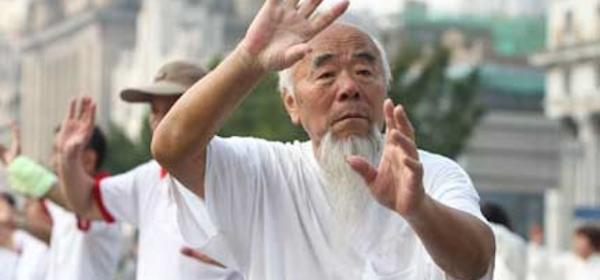
Now…
Here’s the interesting part:
The slower you move, the more likely you are to notice small jerks or twitches in your techniques.
These small glitches are uncharted territory in your proprioceptive map – the physical areas of the brain responsible for sensing movements.
Blind spots.
You see, after years of repetitive training, your CNS (central nervous system) has basically forgot parts of movements (a phenomenon known as “sensory motor amnesia”), due to your habit of always executing the technique fast.
Cheating has literally become carved into your neural pathways.
That’s why you need to sloooow dooown.
The goal of slowing down is to explore, identify and eliminate blind spots in your habitualized Karate techniques.
But there’s more!
When you slow down, you’ll notice other things too – like excessive force, tension, weakness and muscular imbalances.
For instance, do a back kick (ushiro geri).
How did it go?
Did you do it slowly and mindfully?
If you are like most regular Karate-ka, every time you extend the hip to kick back, you are contracting the hip flexors instead of relaxing them. Perhaps you didn’t notice (because you did it so quickly).
This means your muscles are cross-motivated – the flexors are constantly fighting the extensors a little in their effort to extend the leg, making them work harder than they have to.
How can you avoid this inefficient co-contraction?
By moving slowly.
Slow movement leads to a more accurate and discriminating perception of the mechanics of your movements – whether it’s a punch, block, strike or kick.
If you always move fast, you’ll never sense and correct problems or shortcuts in your technique.
The same holds true for your mind.
Ever since humans evolved into cognitive beings, we’ve cluttered our minds with layers upon layers of thought patterns that interfere with our TRUE self.
We’ve told ourselves so many stories – about our body, skills, talents, environment, worldview – that the journey of finding oneself through the Way of Karate is not so much a journey of discovery as it is a journey of recovery.
This is where slow thinking comes into play.
I hate to sound like a weirdo hippie, but the most efficient way of slowing down your mind is actually through meditation.
It’s easy:
- Sit still.
- Close your eyes.
- “Think” about nothing.
That’s it.
For the first 5 minutes, you’ll panic.
Seriously.
Your consciousness will be subject to hundreds of irrelevant thoughts flying through your brain at supersonic speeds.
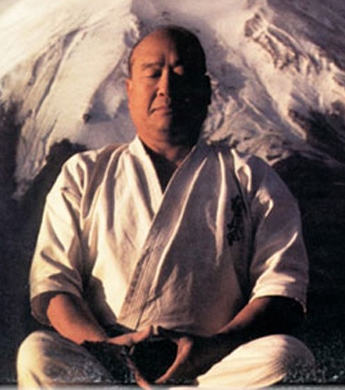
But the less attention you give those thoughts, the less frequently they appear.
Eventually, they vanish.
*POOF*!
Your mind relaxes.
That’s when you achieve clarity – in thoughts, feelings and actions.
Our mind usually operates on autopilot – just like the body.
When you slow down, you see this.
That observation leads you to a magical place:
“Between stimulus and response there is a space. In that space is our power to choose our response. In our response lies our growth and our freedom.”
– Viktor E. Frankl (Man’s Search for Meaning)
This is why you need to slow down.
- Slow movement allows you to experience the depth of techniques.
- Slow thinking allows you to explore the interconnectedness of life.
Slowness is a catalyst of self-discovery.
Apply it…
…or remain stuck forever.
In Karate.
And life.

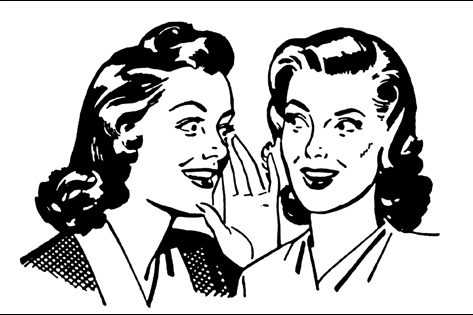
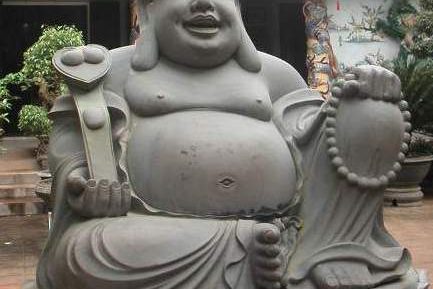

52 Comments